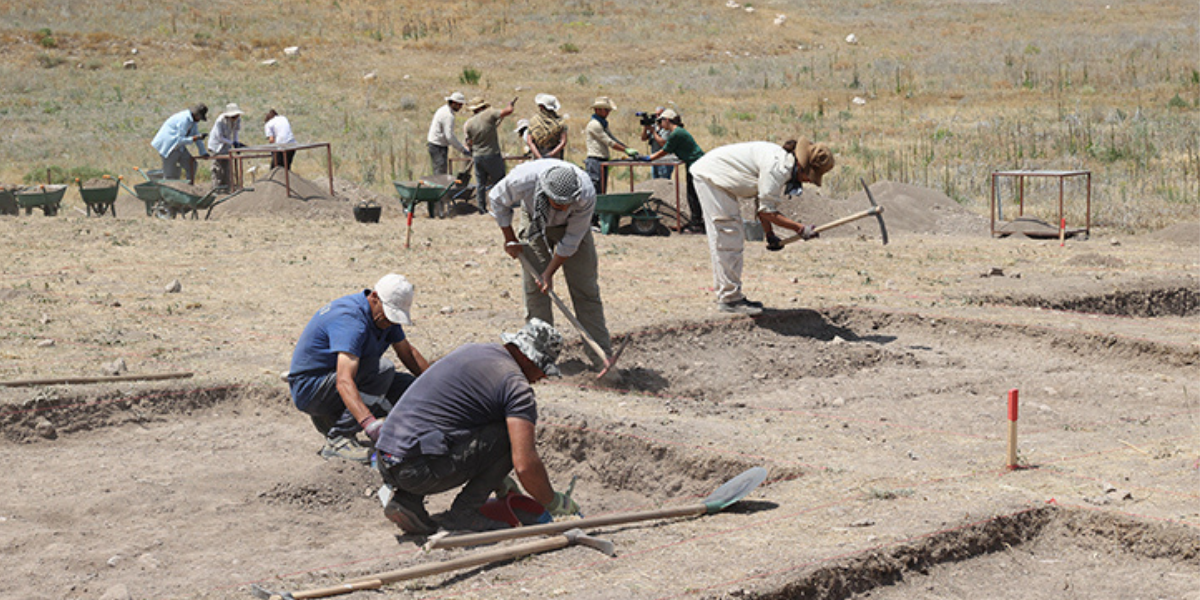
Archaeologists may have found the temple of Šauška, sister of the air god Teshup, in the Samuha
In Samuha, an important religious city for the Hittites, a structure thought to be the temple of Šauška, the sister of the weather god Teshup, was unearthed.
Samuha is a Hittite city of religious significance that flourished between 1800-1600 BC. Samuha, now known as Kayalıpınar, is located in central Türkiye, about 40 kilometers west of Sivas, near the town of Kayalıpınar.
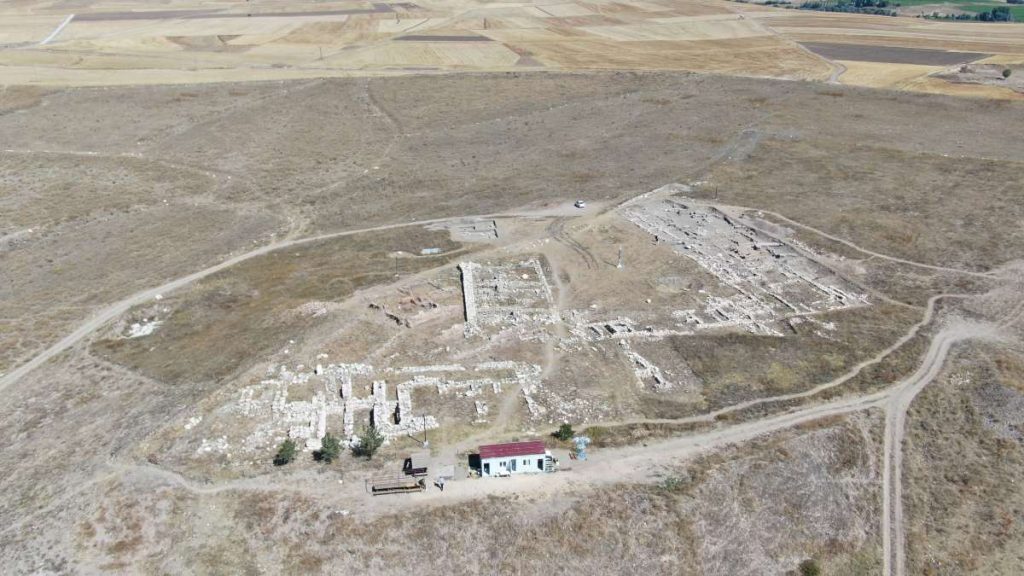
Samuha is one of the five centers in Anatolia where Assyrian and Hittite tablets have been found. Some Hittite kings used Samuha as a center for the summer season. For this reason, it is thought that the city may have been the second capital.
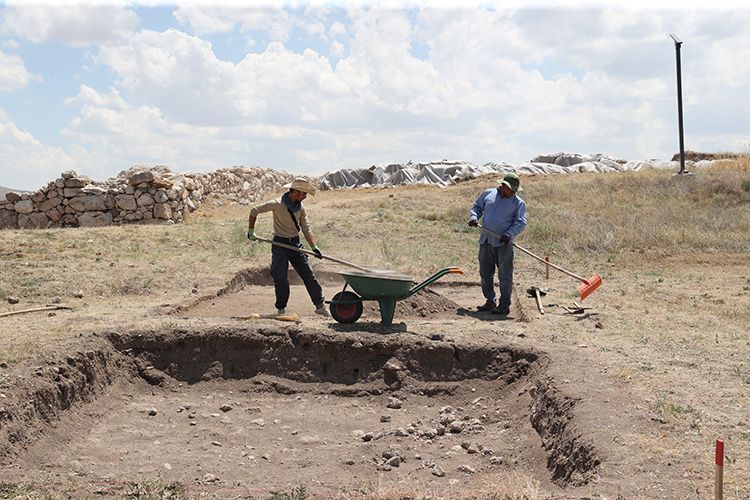
Excavations in Samuha began in 1930. To date, ancient Assyrian Trade Colonies, Hittite, Roman and Byzantine buildings, Hellenistic, Roman and Early Christian artifacts, as well as numerous seal impressions of Hittite kings, princesses, princes and officials have been discovered.
📣 Our WhatsApp channel is now LIVE! Stay up-to-date with the latest news and updates, just click here to follow us on WhatsApp and never miss a thing!!
Koç University Department of Archaeology and Art History Faculty Member and Head of Excavations Assoc. Prof. Dr. Çiğdem Maner continues the excavations in an area that was thought to be the temple structure of the goddess Šauška last year.
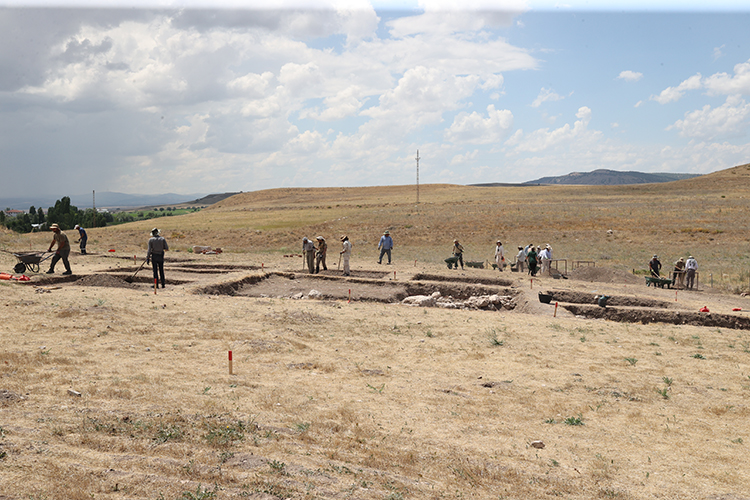
Stating that in the 2023 excavation season, an important Hittite tablet fragment was unearthed in the area thought to be the temple area, Çiğdem Maner said, “The tablet we found mentioned the shipment of cattle, such as 1200 cows and 400 oxen. During this year’s excavations, we came across different findings that support this. Therefore, we decided to reveal the entire structure in that area and this is one of our main goals this year.”
Çiğdem Maner said, “We think there was a temple in the region, excavations may show a different result in the future. It has a monumental entrance, and when we compare it with other temple structures in terms of architecture and structure, it provides similarities. We already work comparatively in archaeology.”
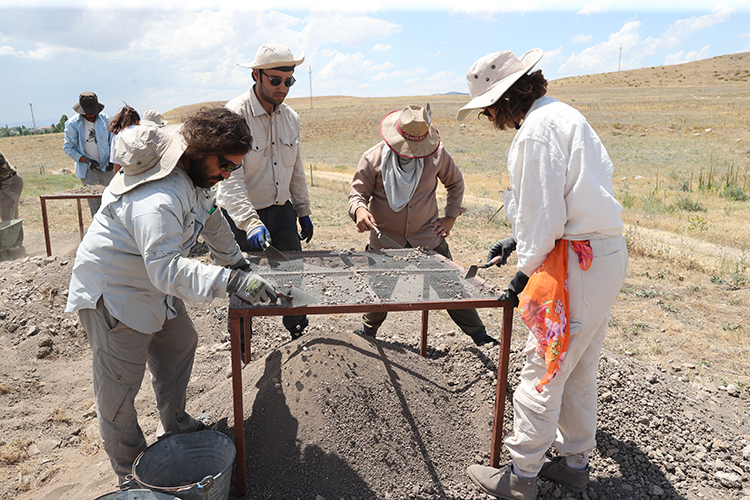
“Kayalıpınar was an important settlement in the second 1000 B.C. It was a religious center both during the Assyrian Trade Colony and Hittite periods. During the Assyrian period, cuneiform texts mention the temple of the goddess Ishtar. In the Hittite period, Šauška is mentioned. The temple has not yet been identified for both periods. But in fact, as we understand from all the cuneiform texts found in Kayalıpınar, religious activities and festivals were constantly held here. Therefore, we decided to focus on this area and we plan to uncover the whole structure this summer.”
Cover Photo: Serhat Zafer/AA
You may also like
- A 1700-year-old statue of Pan unearthed during the excavations at Polyeuktos in İstanbul
- The granary was found in the ancient city of Sebaste, founded by the first Roman emperor Augustus
- Donalar Kale Kapı Rock Tomb or Donalar Rock Tomb
- Theater emerges as works continue in ancient city of Perinthos
- Urartian King Argishti’s bronze shield revealed the name of an unknown country
- The religious center of Lycia, the ancient city of Letoon
- Who were the Luwians?
- A new study brings a fresh perspective on the Anatolian origin of the Indo-European languages
- Perhaps the oldest thermal treatment center in the world, which has been in continuous use for 2000 years -Basilica Therma Roman Bath or King’s Daughter-
- The largest synagogue of the ancient world, located in the ancient city of Sardis, is being restored











Leave a Reply